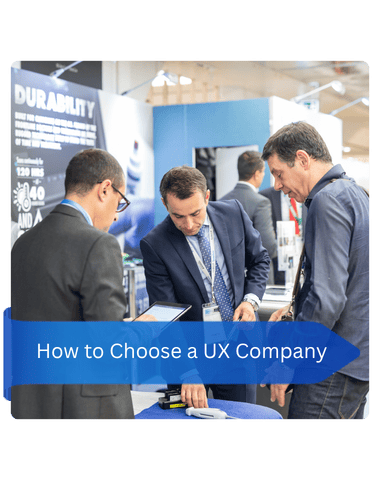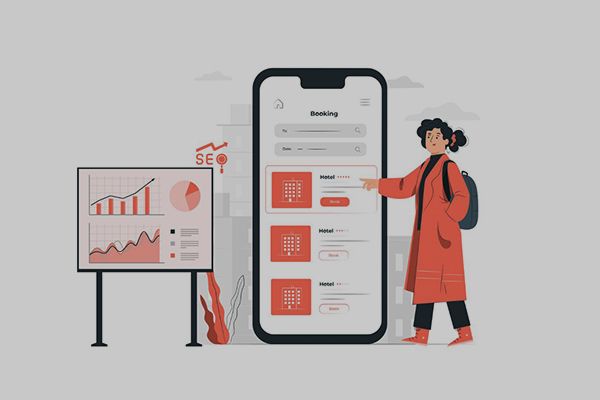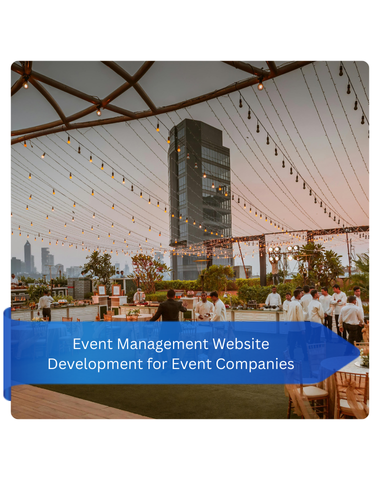How to Run a Successful Branding Workshop
A branding workshop is a critical step to move beyond vague ideas and create a clear, unified brand identity. It aligns your team around a shared brand story, sharpens messaging, defines who your audience really is, and positions your brand effectively in the market. Without this alignment, branding efforts risk inconsistency and confusion across marketing, design, customer service, and product teams.
This guide explains how to run a branding session step by step—what to include, how to facilitate it, and which branding exercises are most effective. It applies to both new brand development and rebranding workshops.
First, let’s define what a branding workshop is.
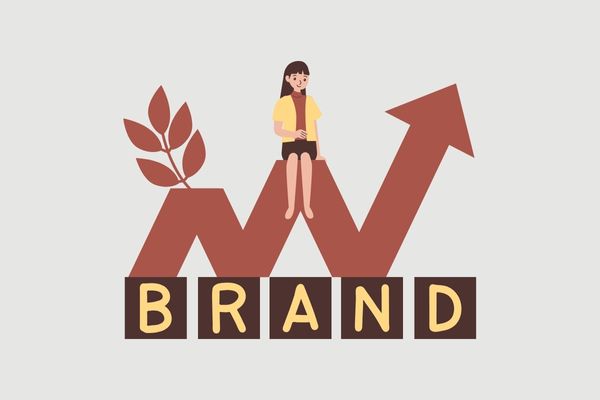
What Is a Branding Workshop?
A branding workshop is a facilitated session where stakeholders work together to define the core elements of a brand. These include the brand’s mission, vision, values, audience, positioning, and messaging.
Branding workshops are commonly used in three scenarios:
- New brand creation for startups or product launches
- Rebranding workshops to pivot, update, or evolve an existing identity
- Internal alignment when cross-functional teams need a shared understanding of the brand
What to Include in a Branding Session?
A branding session includes a series of structured activities aimed at defining and aligning key brand components.
-
Brand Purpose, Vision, and Values
Clarify why the brand exists, what it stands for, and how it behaves.
-
Audience Persona Development
Define target audience segments based on needs, behaviors, and motivations.
-
Brand Positioning
Identify the unique value the brand offers and how it differs from competitors.
-
Brand Messaging Framework
Establish core messages, tone of voice, and key phrases for communication.
-
Visual Direction Exploration
Collect references and inputs for visual identity, including moodboards and style cues.
-
Internal Alignment Activities
Encourage shared understanding among leadership, marketing, customer service, and technical teams.
How to Run a Branding Session
Running a branding session involves structured planning, guided facilitation, and clearly defined outputs. The steps below outline how to lead an effective workshop that turns collaboration into actionable brand strategy.
1. Pre-Session Preparation
Set the foundation for a productive session:
- Define clear objectives: Know what the session must achieve (e.g., brand messaging, positioning, or identity).
- Invite the right participants: Include stakeholders from leadership, marketing, customer service, design, and technical teams.
- Gather pre-work: Review current brand materials, customer research, and competitor audits.
- Choose tools: Use collaborative platforms like Miro, FigJam, Notion, or Google Docs. Prepare a branding workshop template to guide the flow.
2. Opening the Session
Start with alignment and energy:
- Set expectations: Explain session goals and participation guidelines.
- Review the agenda: Walk through the schedule and outcomes.
- Begin with a warm-up: Try brand word associations or visual collages to prompt creative thinking.
3. Running Key Activities
Organize the session into distinct, goal-driven modules:
- Brand DNA: Mission, vision, and core values definition.
- Audience and Market: Build audience personas and analyze market competitors.
- Positioning: Define your value proposition and what differentiates your brand.
- Messaging: Develop tone of voice, taglines, and key message pillars.
- Visual Exploration: Use moodboards or sample references to set visual direction.
4. Aligning and Prioritizing
Translate ideas into decisions:
- Synthesize insights: Organize input into themes.
- Prioritize: Use group voting or ranking exercises to focus on the most impactful items.
- Document outcomes: Ensure that decisions are clearly recorded for next steps.
5. Wrapping Up and Next Steps
Ensure continuity after the session:
- Recap key decisions: Revisit what was agreed and why.
- Assign action owners: Clarify who is responsible for follow-up tasks (e.g., design, copywriting, documentation).
- Plan follow-ups: Schedule future sessions if needed and set deadlines for finalizing outputs.
Branding Exercises to Use in Your Session
Branding activities guide teams through critical thinking and making abstract concepts concrete and actionable. Below are common exercises that facilitators use to build clarity and alignment.
Brand Personality Sliders
It helps define the brand’s character by rating it along pairs of opposing traits—for example, “Formal vs. Casual,” “Innovative vs. Traditional,” or “Friendly vs. Authoritative.”
Participants move sliders to reflect where the brand should sit on each spectrum. This clarifies the brand persona and guides voice and design decisions.
"This, Not That" Identity Matrix
In this activity, teams list attributes, values, or styles that represent the brand (“This”) and those that do not fit (“Not That”). It sharpens the brand’s unique identity and filters out confusing or inconsistent messaging.
Customer Empathy Maps
Participants build detailed profiles of the target audience by exploring what customers think, feel, say, and do. It identifies pain points, motivations, and unmet needs with real customer experiences.
Positioning Statement Builder
This structured exercise guides teams to draft a clear brand positioning statement. It usually includes elements such as the target audience, market category, brand promise, and key differentiators. The resulting statement serves as a concise summary of the brand’s unique place in the market.
Moodboarding with Visuals and Keywords
Moodboarding involves collecting images, colors, textures, and words that evoke the desired emotional tone and aesthetic of the brand. It assists visual exploration and helps align teams on the brand’s look and feel before detailed design work begins.
How Much Does a Branding Session Cost?
The cost of a branding session varies widely based on who leads the session, its length, and included services.
Freelance vs. Agency vs. Internal Costs
Freelance facilitators normally offer more affordable rates and flexible scheduling but may have limited resources for extensive research or design.
Agencies often provide comprehensive branding workshops, including research, strategy, and design support. This comes at a higher price but includes more deliverables and expertise.
Internal sessions led by company staff can reduce costs but may lack external objectivity and facilitation experience.
Time Investment
Half-day sessions focus on core brand elements and usually cost less.
Full-day or multi-day workshops allow for deeper exploration, more exercises, and detailed outputs, increasing the overall cost.
Optional Add-Ons
Additional services can raise the price but add value:
- Market research and customer insights to inform the workshop.
- Development of brand guidelines or style guides post-session.
- Visual design mockups and identity system creation.
Budgeting should consider the value of gaining brand clarity, team alignment, and a solid foundation for marketing and customer engagement.
Should You Hire a Branding Coach?
Hiring a branding coach or strategist can provide valuable external guidance during your branding journey.
- A branding coach brings structured processes and proven frameworks to keep sessions focused and productive.
- An external coach offers a safe environment for open discussion and ensures that all voices are heard without internal biases influencing decisions.
- Branding coaches help refine brand guidelines, support implementation across marketing materials, and maintain brand consistency over time.
Practicing and Applying Branding Design
After a branding workshop, the next crucial step is turning the strategic insights into tangible design elements that represent the brand visually and experientially.
Turning Brand Insights into Visual Identity
Visual identity includes logos, color palettes, typography, and imagery that reflect the brand’s essence consistently.
Prototyping Collateral
Create prototypes for key brand collateral such as social media templates, business cards, packaging, and web interfaces.
Maintaining Consistency Across Touchpoints
Consistency standardizes visual and verbal elements across marketing materials, customer service communications, digital platforms, and product design.
From Workshop to Brand Identity
A branding workshop serves as the strategic foundation for creating an authentic, aligned, and effective brand identity. Careful planning, inclusive participation, and a structured approach allow organizations to translate collaborative insights into clear brand direction.
This clarity supports consistent messaging, cohesive design, and stronger customer engagement. Ultimately, the outcomes from the workshop guide ongoing brand development and help maintain alignment across teams and touchpoints.
Our Expertise
Technology
-
Website Design and Development
Fully custom designed website
specifically curated for your
business. -
Web app development
Secure, reliable web portals that attract and engage customers -
Mobile app development
To keep up with on-the-go, mobilecentric consumers
-
Progressive web app development
Cost-effective web-based mobile application solutions that can operate in offline environments -
UI/UX design for website, web application & mobile apps
Curating seamless, intuitive experiences for application users -
Software development
Conceptualizing and creating innovative solutions that cater to your business
-
API development
Tools that help you connect and communicate across systems and other applications -
Comprehensive support & maintenance
Ongoing support from our full team of tech wizards for you websites -
Server hosting & support
Server setup, Monitoring and maintenance - one less thing for you to worry about
Technologies we use for development:

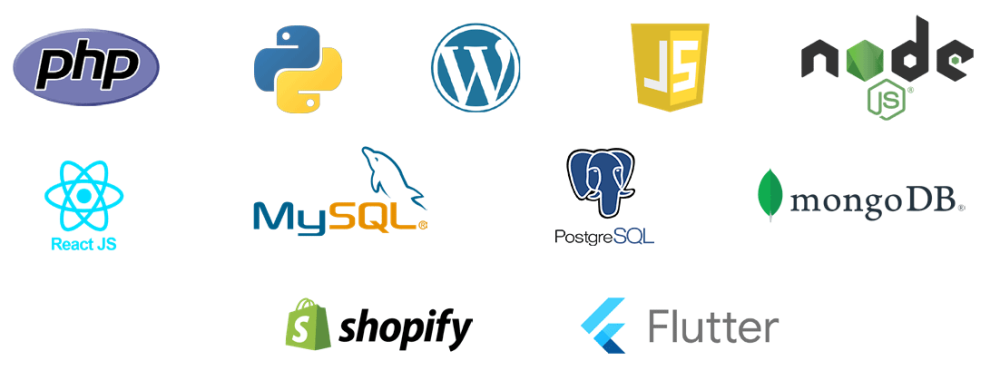
Art & Design
-
Logo
-
Graphics
-
Art
-
Sketch
Communication & Marketing
-
Content Development
(content writing, photography and videography)
-
SEO
-
Graphics
-
Social Media
-
E-newsletter
-
Workshop
(Branding & Strategic Communication)

